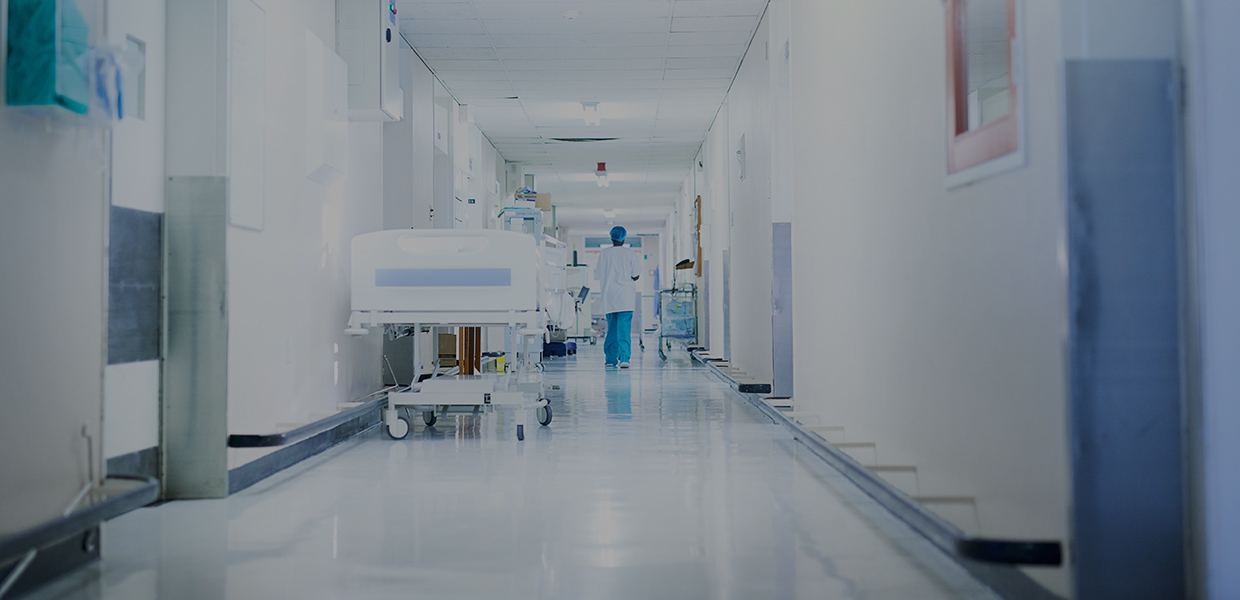To provide the strongest possible partnership approach along with deep industry and asset expertise, DLL continuously seeks feedback from industry peers. Recently, we hosted a European customer panel for a group of strategic healthcare partners across different healthcare segments: digital imaging, life sciences, dental, and wellness & fitness.
Representatives from DLL and parent company Rabobank were featured among the panel, including John Sparta (President of the Healthcare and Clean Technology Global Business Unit at DLL) and Michel van Schaik (Director of Healthcare at Rabobank). The goal was to deepen our understanding of our customers to shape solutions that will continue to bring value in the long term.
Growth drivers for the healthcare sector
Michel van Schaik sketched three trends driving growth in healthcare: aging populations, enabling technology, and growth of vitality services.
“As aging populations rise and more people live longer, they may present with multiple issues which require more care,” he said. “Luckily, new enabling technology helps to address this, but it also drives up costs. The Netherlands now spends EUR 100 billion on healthcare annually, translating to about 25% of an average family’s gross income. The coronavirus pandemic has added increased stress to healthcare systems around the world with tensions between elective surgery backlogs and tackling new waves of COVID. The limiting factor now is not money but labor shortages due to high levels of sick leave and specialist staff leaving the profession.”
Which is why the third driver – growth of vitality services (such as fitness and wellness propositions that help people to live a healthier life) is even more important. Prevention receives more focus these days as it is seen as one way to arrive at a more affordable and balanced healthcare system, according to van Schaik.



